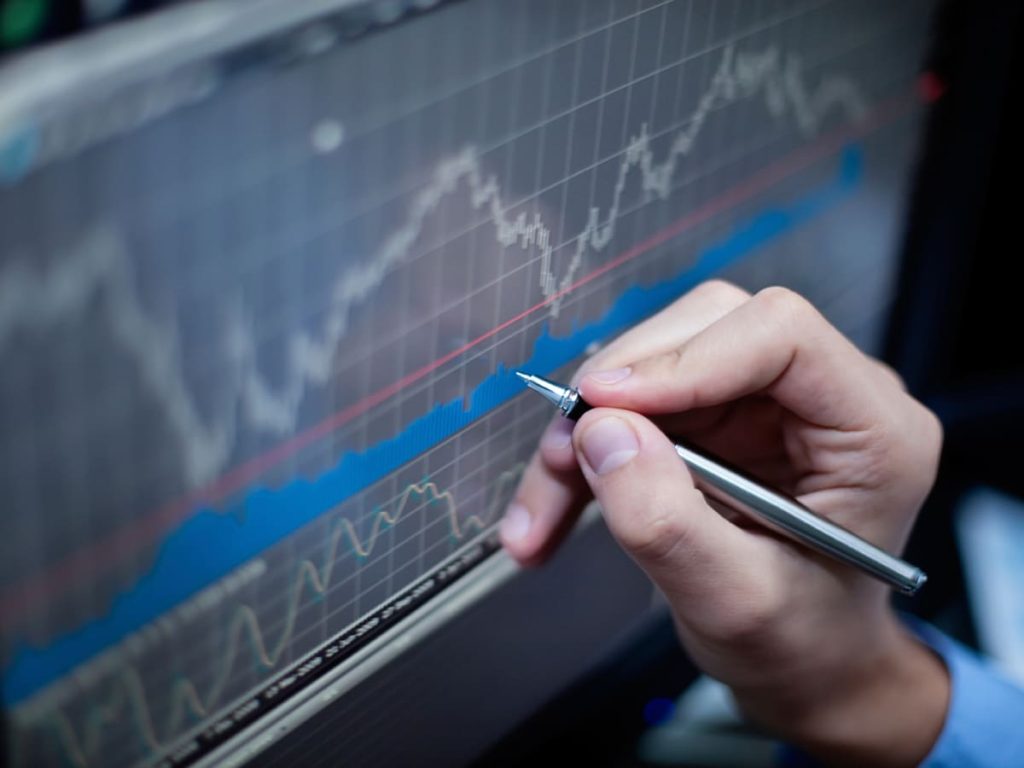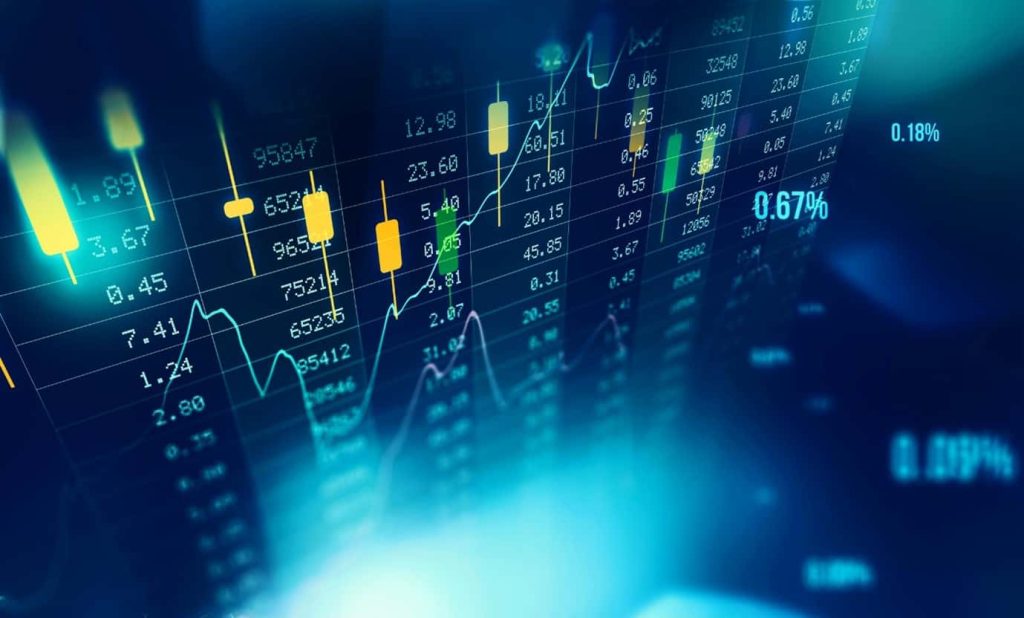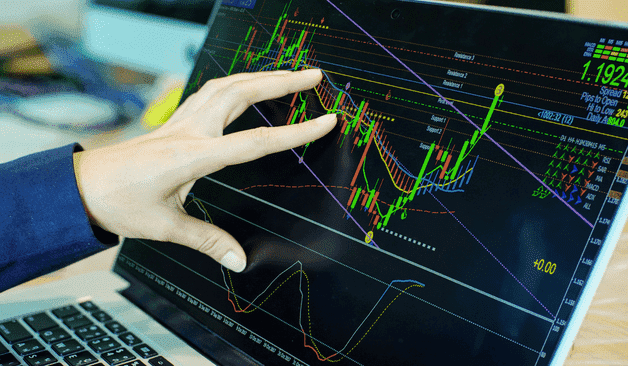How To Trade Forex
In today’s fast-paced financial world, the foreign exchange market, commonly known as forex, offers individuals a unique opportunity to participate in global currency trading. Forex trading has gained immense popularity over the years due to its accessibility and potential for substantial profits.
If you’re new to the world of forex and want to learn how to trade effectively, you’re in the right place. This article will serve as your comprehensive guide to mastering the art of forex trading.
Understanding Forex Basics
What is Forex Trading?
Forex trading, short for foreign exchange trading, is the process of buying and selling currencies in the global marketplace. It operates 24 hours a day, five days a week, making it one of the most liquid and accessible financial markets in the world.
Why Trade Forex?
Forex trading offers several advantages, including high liquidity, low transaction costs, and the opportunity to profit in both rising and falling markets. Additionally, it doesn’t require a large initial investment, making it accessible to individuals with various budgets.
Currency Pairs Explained
In forex, currencies are traded in pairs. The first currency in the pair is called the base currency, while the second is the quote currency. Understanding how currency pairs work is fundamental to forex trading.

Setting Up Your Trading Account
Choosing a Reputable Broker
Selecting a trustworthy forex broker is crucial. Look for brokers regulated by financial authorities and consider factors such as spreads, leverage, and customer service when making your choice.
Account Types
Forex brokers offer various account types to suit different trading styles and budgets. Common account types include standard, mini, and micro accounts. Choose one that aligns with your risk tolerance.
Risk Management Strategies
Implementing risk management strategies is essential to protect your capital. Techniques like setting stop-loss orders and diversifying your portfolio can help mitigate potential losses.
Learning Technical Analysis
Candlestick Patterns
Candlestick charts are a popular tool for technical analysis in forex trading. Understanding candlestick patterns can help you identify potential market reversals and trends.
Support and Resistance
Support and resistance levels are key technical analysis concepts. These price levels can help you make informed decisions about entry and exit points.
Indicators and Oscillators
Technical indicators and oscillators, such as moving averages and relative strength index (RSI), provide valuable insights into market trends and momentum.


Fundamental Analysis in Forex
Economic indicators, like GDP and employment data, can influence currency values. Learning to interpret these indicators is essential for fundamental analysis.
Interest Rates and Forex
Central bank interest rate decisions can have a significant impact on currency markets. Understanding the relationship between interest rates and forex is crucial.
Geopolitical Events
Global geopolitical events, such as elections and conflicts, can cause currency market volatility. Staying informed about these events is part of fundamental analysis.
Developing a Trading Strategy
Scalping vs. Swing Trading
Decide whether you want to be a scalper, making quick and small trades, or a swing trader, holding positions for longer durations. Your trading strategy should align with your trading style.
Risk-Reward Ratio
Calculating your risk-reward ratio helps you assess the potential profitability of a trade compared to the risk involved. A favorable ratio is crucial for long-term success.
Backtesting Your Strategy
Before executing live trades, backtest your trading strategy using historical data to evaluate its effectiveness and make necessary adjustments.

Executing Your First Trade
Placing Orders
Learn how to place various types of orders, such as market orders, limit orders, and stop orders. Each order type serves a specific purpose and suits different trading scenarios.
Managing Trades
Once in a trade, it’s essential to monitor and manage it effectively. Implement stop-loss and take-profit orders to control potential losses and secure profits.
Psychological Aspects
Controlling your emotions, particularly fear and greed, is crucial in forex trading. Discipline and sticking to your trading plan are keys to success.
Monitoring and Improving
Keeping a Trading Journal
Maintaining a trading journal helps you track your trades, analyze your decisions, and identify areas for improvement. It’s a valuable tool for ongoing development.
Continuous Learning
Forex markets are dynamic, and there’s always something new to learn. Stay informed about market developments, strategies, and economic news to stay ahead.
Staying Informed
Regularly check economic calendars and news sources for updates on events that may impact currency markets. Being well-informed can help you make better trading decisions.
Risk Management and Capital Preservation
Setting Stop Loss and Take Profit
Setting appropriate stop-loss and take-profit levels is crucial to protect your capital and lock in profits. Never trade without a clear exit strategy.
Diversification
Diversifying your portfolio by trading multiple currency pairs can spread risk and reduce the impact of a single losing trade.
Position Sizing
Determining the size of your positions relative to your account balance is an important aspect of risk management. Avoid over-leveraging, which can lead to significant losses.

Emotions and Discipline
Controlling Fear and Greed
Emotions can cloud judgment and lead to impulsive decisions. Learn to manage fear and greed to make rational trading choices.
Sticking to Your Plan
Once you’ve developed a trading strategy, stick to it. Avoid chasing quick profits and stay disciplined in your approach.

Tax Implications
Reporting Your Gains
Depending on your country of residence, forex profits may be subject to taxation. Familiarize yourself with tax regulations and report your gains accordingly.
Tax Benefits
In some jurisdictions, there are tax benefits for forex traders, such as deductions for trading-related expenses. Consult with a tax professional to maximize your tax advantages.
Forex trading offers a world of opportunities, but success requires knowledge, discipline, and careful risk management. By understanding the basics, developing a solid strategy, and staying committed to continuous learning, you can navigate the forex market with confidence and potentially achieve your financial goals.
FAQs
What are the forex market's trading hours?
The forex market operates 24 hours a day, five days a week, due to its global nature. It opens in Asia, moves to Europe, and then to North America, allowing traders to participate at different times.
Can I start forex trading with a small budget?
Yes, you can start forex trading with a small budget. Many brokers offer micro and mini accounts with lower initial deposit requirements, making it accessible to beginners.
Are there any guarantees of making profits in forex?
No, there are no guarantees in forex trading. While it offers potential for profits, it also involves risks. Success depends on knowledge, strategy, and discipline.
How do I choose the best currency pairs to trade?
Selecting currency pairs depends on your trading strategy and risk tolerance. Major pairs like EUR/USD and GBP/USD are popular, but research and analysis are crucial.
Is forex trading suitable for everyone?
Forex trading is suitable for individuals willing to learn, manage risk, and stay disciplined. It may not be suitable for those seeking quick and guaranteed profits.
What is Forex line trading?
Forex line trading, also known as technical analysis, involves studying price charts and patterns to predict currency price movements.
What are the major currency pairs?
Major currency pairs include EUR/USD, GBP/USD, and USD/JPY, among others.
How can I choose a reliable Forex broker?
Look for brokers with regulatory compliance, competitive spreads, and excellent customer support.
What are stop-loss and take-profit orders?
Stop-loss orders automatically close a trade at a predetermined price to limit losses, while take-profit orders do the same to secure profits.
Why is emotional discipline important in Forex trading?
Emotional discipline helps traders stick to their trading plans and avoid impulsive decisions that can lead to losses.
